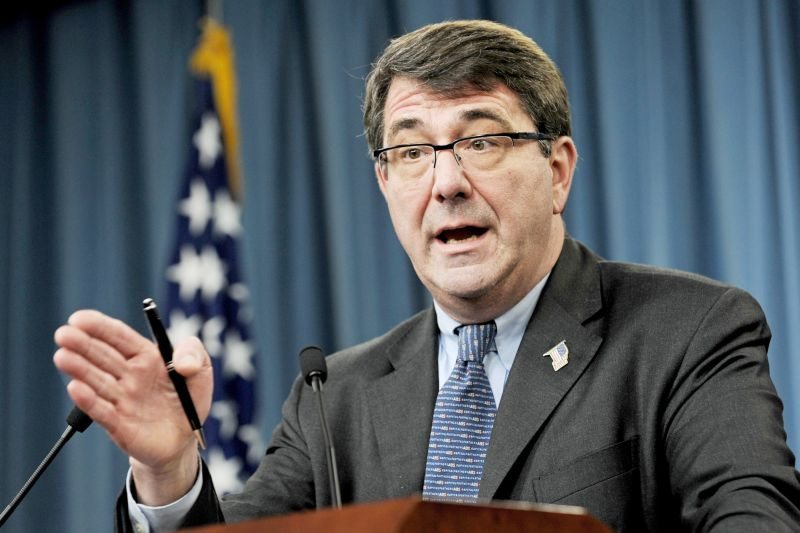The official who leads the Pentagon’s plan to ensure better value to taxpayers and warfighters from the Defense Department’s budget provided an update on progress to industrial leaders yesterday.
Ten months after introducing the 23-point “Better Buying Power” initiative, Ashton B. Carter, undersecretary of defense for acquisitions, technology and logistics, spoke to the National Defense Industrial Association about progress made toward maximizing every dollar spent.
The initiative is built on targeting affordability, rewarding productivity, promoting competition, improving tradecraft and reducing bureaucracy to get the most out of each Defense Department budget dollar.
“For every 30 cents we spend to develop and acquire a defense system, we spend 70 cents to sustain them, resulting in a $100 million annual maintenance budget,” he said. “For every 45 cents we spend on goods, weapons systems and things, we spend 55 cents on services, for a total of $200 million.”
The point, he added, is that Pentagon officials need to take a comprehensive look at spending, including things that can become options in meeting President Barack Obama’s mandate to save money while keeping national security in mind.
“President Obama’s planned defense budgets are robust,” he said. “They’re strong and will stay so. We are, after all, involved in two major ongoing conflicts [and] operations in Libya, and the world is still a dangerous place.”
But Obama, Pentagon leadership and Congress also have made it clear that the national security budget — which includes the defense budget and totals about 20 percent of the total federal budget — must be a part of the overall purchase equation over the next dozen years, Carter told the group.
“President Obama specifically [wants] over $400 million in reductions over the next 12 years,” he said. “To assess how to accomplish the task the president has laid out, the department has undertaken a comprehensive review of the impact of such reductions, … and that review is ongoing.”
The way government and industrial leaders think must change, Carter said.
“This new era will require a different mindset for our government and industry managers — you and us — and their congressional overseers,” Carter told the industry leaders.
“[We are] a generation who has grown accustomed over the post-9/11 decade to circumstances in which we could always reach for more money when we encountered managerial or technical problems or a difficult choice,” he said. “Those days are gone.”
And it’s not simply a matter of cutting from our current plans and activities, he noted.
“Cutting capability and adjusting strategy might be necessary, but they are where we should go only after examining all the options,” he said. “The president, secretary of defense and the taxpayer are going to expect us to make every dollar we do get count. … This is something the country should expect no matter what size the defense budget is.”
The Better Buying Power initiative is a response to that challenge, Carter said.
“People ask me, ‘Well, can you succeed at this?’” he said. “I think we can. … We have a very clear roadmap [and] clear and reasonable objectives coming from taxpayers, warfighters and our leadership. We also have the staunch support of the president, secretary of defense and Congress.”
Carter’s final message to the industrial leaders was that the Defense Department needs the capabilities they can provide, but also needs them to be affordable.
“Whatever you’re doing for us, make it possible for us to continue to afford it,” he said. “Together, let’s bend so we don’t need to break our programs and activities, … and this way, I’m sure we can succeed.”










